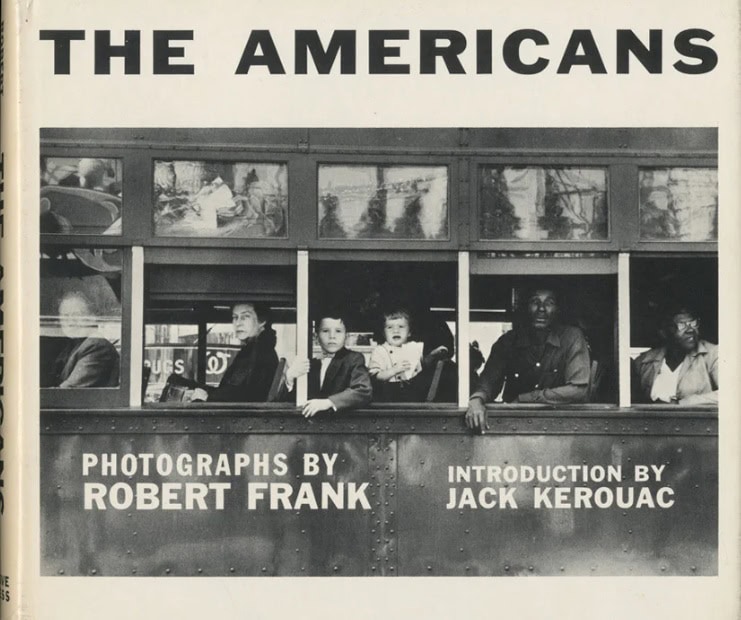Spaces of Contrast: Robert Frank’s America Through a Heterotopic Lens
Abstract
This paper explores Robert Frank’s seminal photobook The Americans, using Michel Foucault’s concept of heterotopias, as discussed in his 1967 lecture Des Espaces Autres. By analyzing the visual and thematic elements of the book, this study explores how Frank’s depiction of 1950s America challenges conventional narratives of American identity and space. The research places Frank’s work in the socio-political context of post-war America, emphasizing how his photographs capture both the utopian ideals and the underlying societal tensions of the era. His images, often subtle yet powerful, document scenes that reflect a fragmented and multifaceted nation, revealing disparities between appearance and reality. The concept of heterotopias, as described by Foucault, offers a broader look at Frank’s images, through which we can analyse their complex and paradoxical nature. His photographs not only represent physical spaces but also evoke mental and social spaces that are layered with meaning. Examining The Americans from this unique perspective reveals its heterotopic content, allowing the viewer to notice the coexistence of different social realities, albeit occasionally in conflict. By providing an insight into Frank’s photographic narrative and its correlation with Foucault’s theory, the study aims shedding light on the ways in which visual media can reveal complex social dynamics and question established cultural norms.
Key words
Heterotopias. Michel Foucault. Photobooks. Photography. Robert Frank. The Americans.
Mutlu, N. T. (2025). Spaces of Contrast: Robert Frank’s America Through a Heterotopic Lens. European Journal of Media, Art & Photography, 13(1), 74-83. https://doi.org/10.34135/ejmap-25-01-03

